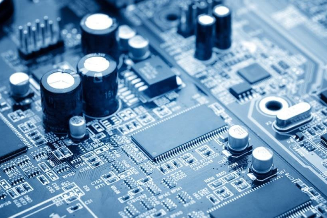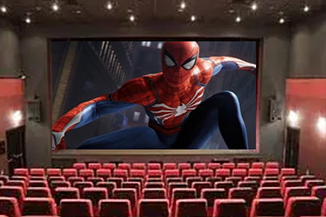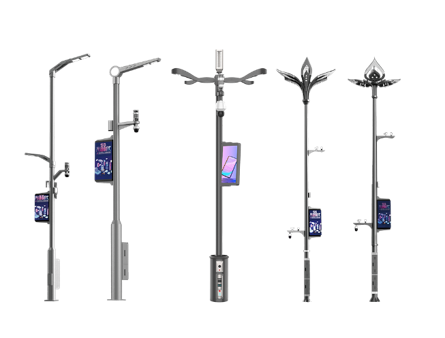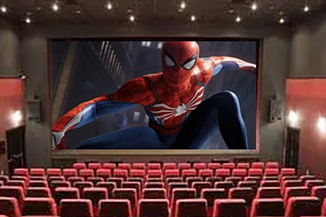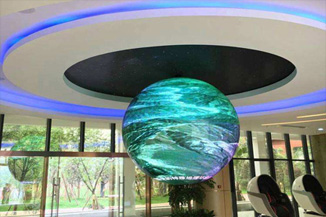Publisher: Supplier of LED Display Time: 2021-06-24 20:23 Views: 1946
Apple officially released a new generation of iPad Pro at the spring conference held in April this year. Not only is it equipped with a new M1 chip, but also, as expected, the 12.9-inch model is equipped with a Mini LED panel, allowing users to have a better visual experience .
At the same time, the market also expects that after Apple releases the Mini LED iPad Pro, the popularity of Mini LED will also speed up, but it has been repeatedly reported that the new Mini LED iPad Pro must be delayed due to the yield problem of Mini LED (original order period). end of May). In this regard, industry insiders believe that the main reason for the poor yield of Mini LED is the back-end printing equipment. If the yield of printing can be further improved, it is expected to eliminate the production bottleneck currently encountered by Mini LED.
Apple's Mini LED iPad debuts, bringing a better visual experience
Apple said at the press conference that the 12.9-inch iPad Pro is equipped with a Liquid Retina XDR display that uses Mini LED technology to achieve ultra-glossy and the best visual effects. It is reported that the Liquid Retina XDR display brings vivid details with a contrast ratio of 1,000,000:1, suitable for viewing and editing HDR photos and videos, or enjoying your favorite movies and shows; Peak brightness, and advanced display technologies such as P3 wide color gamut, True Tone display, and ProMotion auto-adaptive update frequency.
Apple further explained that more than 10,000 Mini LEDs are divided into more than 2,500 local dimming zones, and each zone can precisely adjust the brightness according to the screen content to achieve an astonishing 1,000,000:1 contrast ratio; even when viewing details rich and strong HDR content in highlights, such as galaxies and action-movie explosions, is also more vivid than ever.
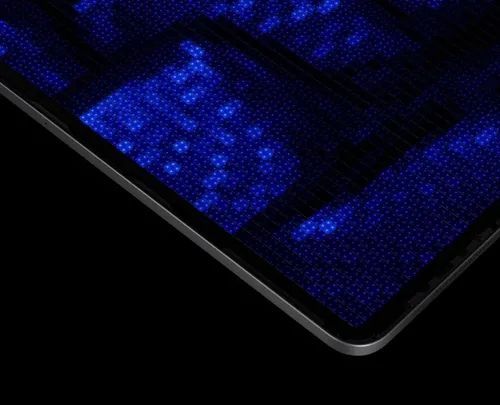
The problem of Mini LED yield is difficult to solve, and the new iPad Pro shipment plan has been slowed down
After Apple officially released a new generation of iPad Pro equipped with Mini LED, the market believes that it will help drive the development of Mini LED products. However, it is reported that due to the production yield problem of Mini LED, the delivery date of the 12.9-inch iPad Pro will be extended to July.
Bloomberg recently reported that Apple's newly released iPad Pro will be officially released in about a week, however, consumers who buy the 12.9-inch iPad Pro may not get the product until July. The report pointed out that the reason for the delay in the delivery date of the 12.9-inch iPad Pro is that Mini LED production has encountered many challenges. Bloomberg reported in April that Apple was already facing poor production yields of Mini LEDs before releasing the next-generation iPad Pro, which limited supply. Even so, according to sources, Apple's suppliers are now trying hard to mass-produce the technically complex screen.
In this regard, industry insiders revealed that the main reason why the Mini LED iPad Pro will be delayed until July is the low yield rate of its die-bonding parts; in the past, everyone may think that the use of Mini LED is large, and it must be fast. , only fast is not broken, but it ignores accuracy and yield, resulting in bottlenecks in production.
According to an exclusive report from LEDinside, the actual yield rate of Apple iPad Pro Mini LED backlight is about 95%. Considering that each backlight has 10,384 Mini LEDs, that is, 519 Mini LEDs per backlight need to be reworked. At present, the average speed of automatic repair is about 30 seconds, including de-crystal, glue repair, and re-soldering. It takes about 4 hours for each backlight to be repaired. The cost of repairing the machine is very high. It is understood that the main reason for the low yield rate is believed to be that the punching equipment does not have the function of real-time alignment and correction. Blind punching with high-frequency thimbles is likely to cause offsets, poor contact, and short circuits.
Mini LED breaks through the bottleneck of production, and the yield rate of parts will be higher
In short, Mini LED is a new display technology, and the requirements of new display packages are different from those of old packages, which also makes high yields the key to successful mass production. So, is there a higher yield (above 95%) punching equipment today?
Industry sources pointed out that ASM Pacific's die-bonding equipment equipped with new welding heads has already been installed in first-line backlight module factories in mainland China, Taiwan, South Korea, Japan and other places, and has reached the level of mass production, which is used for Mini LED backlights. Shipment, its yield rate has reached as high as 99.97%, calculated by Apple iPad Pro, that is, there are only 3 repair points per backlight on average, and the required repair time is only 1.5 minutes. Calculated at the same production time, ASM Pacific's new welding head punching equipment only needs to be equipped with 0.4 automatic rework machines to achieve the balance of the production line, effectively solving the problem of whether it is Mini LED backlight or RGB direct display screen. Production bottlenecks encountered.
In addition, in order to achieve mass production of Mini LED, in addition to the production bottleneck in the manufacturing process, upstream chip cutting is also one of the key technologies. Due to the shrinking size of Mini LED chips, it means that the number of chips cut from wafers of the same size will also increase, resulting in an increase in the number of cuttings. process technology to improve yield and reduce costs. According to industry sources, ASM Pacific's half-surface cutting technology can cut thin wafers, such as Mini LED, Micro LED, etc., and can cut tens of millions of chips per hour, fully assisting Mini LED production. Its high yield advantage can be Effectively improve the production efficiency and lighting rate of back-end stamping.
In a word, in order for Mini LED to break through the production bottleneck and achieve mass production, equipment with higher yield and better cost control is required; and through the technical support of equipment manufacturers, not only can higher efficiency transfer, inspection, and part-making processes be achieved At the same time, it can also reduce the follow-up repair time, so as to accelerate the goal of marketization.


